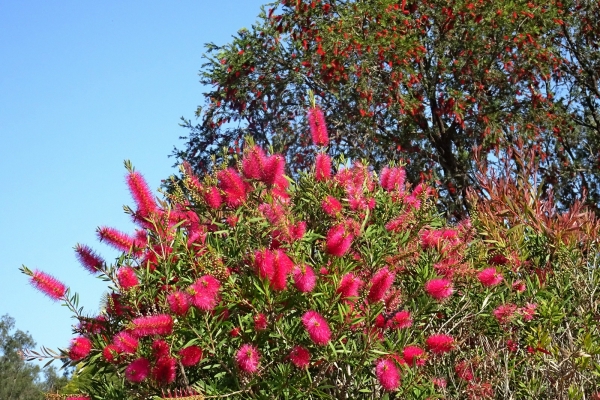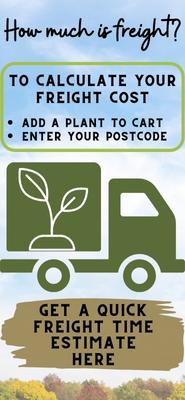Callistemon - Rose Opal
Callistemon spp$14.90
When will it be in Stock?
We previously had the most to buy in Sep and Nov. With limited quantities for sale in other months.Remember to click above to get notified when it is available once more.
Specifications of Callistemon - Rose Opal
Preferred Climate Subtropical, Warm TemperateLearn About Climate Zones
Grown From CuttingLearn About Propagation Methods
Max Height (when in the ground with good conditions) 2-5m
Plants required to Pollinate 1 (Self Pollinating)Learn about Pollination
Can it Handle Frosts? Yes
Amount of leaves in Winter? All Leaves (Evergreen)
Quarantine Restrictions to these Areas SA, WA
Suitability in Pots Yes
Water Requirements Drought Hardy (Little Watering)
Is it a Dwarf Fruit Tree? Can be pruned to 2m
Time to Fruit/Flower/Harvest 2-3 Years
Sun or Shade Full (Sun:80%-100%)
Preferred Soil Type Good Drainage
Soil pH Neutral (6.6-7.3pH)
Fruiting/Harvest Months January, February, September, October, November, December
Fertiliser Native, Compost
Plant Width 2-4m
Growth Rate Medium
Create a Filter to find similar plants
Customers also bought
These plants are often purchased together. Also check plant information for suitability in your orchard.
































